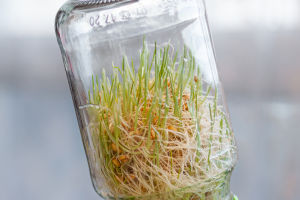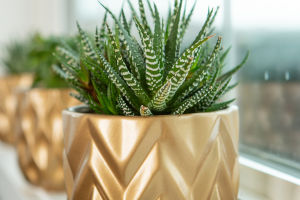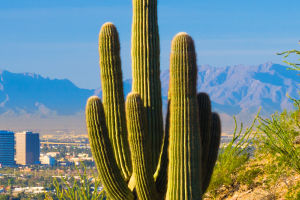Double Danish bluebell stands as a perennial wonder, boasting exceptional ornamental value.
Its unique leaf shapes and vibrant flowers make it a popular choice for flower beds, gardens, and interior embellishments.
1. Characteristics of Double Danish Bluebells
1.1 Leaves:
The heart-shaped leaves of Double Danish Bluebells are soft, featuring a smooth surface and neatly edged contours.
1.2 Flowers:
The flowers exhibit a double-petaled structure, presenting a full and plump appearance. The petals come in a myriad of colors, such as red, pink, orange, and white, enhancing the flower's overall ornamental appeal.
1.3 Plant Morphology:
With a short and compact stature, Double Danish Bluebells are ideal as border plants in flower beds or potted plants, adding a touch of elegance to any space.
2. Optimal Environmental Conditions
2.1 Lighting:
While Double Danish Bluebells thrive in full sunlight, caution must be exercised during scorching midday sun in hot summer months. Afternoon shade is advisable to prevent potential damage.
2.2 Temperature:
These bellflowers prefer a warm environment, with an optimal growth temperature ranging between 18 to 24 degrees Celsius.
2.3 Humidity:
Maintaining appropriate humidity levels fosters the growth of Double Danish Bluebells. During the hotter summer months, moderate misting can contribute to their well-being.
3. Growth Cycle
Double Danish Bluebells typically undergo growth from spring to autumn, entering a dormant phase during winter.
4. Care Methods
4.1 Soil Selection:
The optimal soil for Double Danish Bluebells is loose, well-draining, and rich in nutrients. Use general nutrient soil, supplementing it with fermented organic fertilizer and a bit of bone meal for enhanced phosphorus and potassium levels. Planting at the soil surface, avoiding excessive depth, facilitates proper respiration.
4.2 Watering:
Maintain moist pot soil for potted Double Danish Bluebells. Direct targeted watering into the soil, avoiding shower-like watering that may lead to water accumulation and subsequent rotting. If the soil is too dry, consider soaking the pot to ensure ample water absorption.
For robust growth and abundant blooms, regular topdressing is recommended. Apply water-soluble fertilizer every 15 days, alternating between formulations to encourage optimal growth.
4.3 Pruning:
Double Danish Bluebells thrive in temperatures between 15-25 degrees Celsius, with winter temperatures not falling below minus 5 degrees Celsius.
Prune remaining flowers promptly, and trim the entire plant if flower numbers decrease significantly. Follow up with fertilizer and water to stimulate new growth and subsequent blooming.
5. Precautions
5.1 Pest and Disease Control:
Regularly inspect plants for pests and diseases, addressing issues promptly using biological or organic pesticides.
5.2 Water Accumulation:
Avoid prolonged water stains on leaves to mitigate germ growth.
5.3 Temperature Considerations:
Prevent sudden temperature fluctuations, particularly during cold winter months, by considering indoor relocation for warmth.
5.4 Placement:
Select a sheltered, breathable outdoor location to shield against strong winds and excessive sunlight exposure.
5.5 Soil Check:
Regularly assess soil moisture and nutrient levels, adjusting watering and fertilizing frequency accordingly.
Through a comprehensive understanding of the characteristics, care methods, and precautions outlined for Double Danish Bluebells, enthusiasts can nurture these captivating flowers to radiate their enchanting brilliance across various seasons. May these guidelines prove invaluable in your plant care endeavors.


